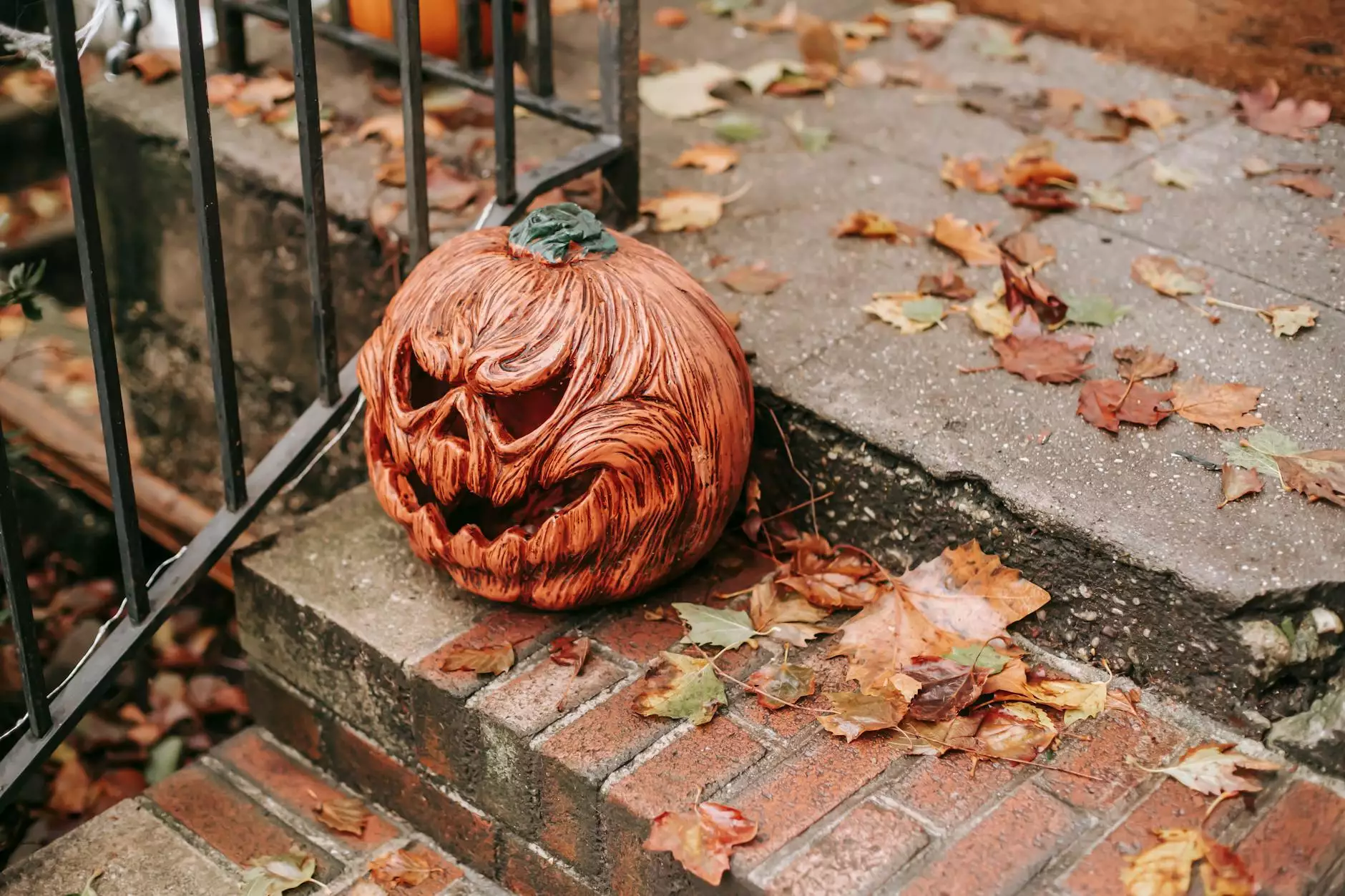Begonia Care & Repotting Guide - Ted Lare - Design & Build

Introduction
Welcome to Cutting Hedge Services, the leading resource for all your gardening needs. In this detailed guide, we will help you master the art of growing brilliant begonias indoors. Whether you're a novice gardener or a seasoned enthusiast, our comprehensive care and repotting techniques will ensure your begonia plants thrive and dazzle with their vibrant blooms.
Why Choose Begonias?
Begonias are a popular choice among indoor growers due to their diverse range of colors, leaf shapes, and patterns. These versatile plants add a touch of elegance to any space, be it your home or office. With proper care and attention, begonias can transform into stunning focal points, creating an inviting and serene atmosphere. Let's dive into the key aspects of growing begonias and their care requirements.
Begonia Care Essentials
Lighting Requirements
Indoor begonias thrive in bright, indirect light. Place them near a north or east-facing window where they receive ample sunlight without direct exposure. Avoid exposing begonias to harsh midday sun or prolonged periods of darkness, as it can hinder their growth. Investing in proper lighting will ensure your begonia plants flourish.
Temperature and Humidity
Providing the right temperature and humidity levels is crucial for begonias to flourish. Keep the temperature between 65°F (18°C) and 75°F (24°C) during the day and slightly cooler at night. Additionally, aim for a humidity level of 50-60%, as begonias thrive in moderately humid environments. You can increase humidity by placing a tray of water near the plants or utilizing a humidifier.
Watering and Drainage
Proper watering is vital for begonias. Allow the top inch of soil to dry out before watering again. Overwatering can lead to root rot, while underwatering can cause the plants to wither. Remember to use a well-draining potting mix and ensure your pots have drainage holes to prevent waterlogged soil. Regularly check the soil moisture and adjust your watering schedule accordingly.
Feeding and Fertilization
Provide your begonias with the nourishment they need by feeding them with a balanced liquid fertilizer every 4-6 weeks during the growing season (spring and summer). Dilute the fertilizer as per the manufacturer's instructions and apply it to damp soil. Avoid over-fertilizing, as it can lead to salt buildup, causing damage to the plant roots. Remember to follow a regular fertilization schedule for optimal growth.
Repotting Begonias
Repotting begonias is crucial to ensure their well-being and continued growth. It is best to repot them every 1-2 years, preferably in spring when they are actively growing. Choose a slightly larger pot with good drainage and fill it with a well-draining potting mix. Gently remove the begonia from its current pot, loosen the root ball, and place it in the new container. Backfill with soil, ensuring the plant sits at the same depth as before. Water thoroughly after repotting, and continue with regular care.
Common Problems and Pests
1. Powdery Mildew
Powdery mildew is a fungal disease that often affects begonias. It appears as a white powdery coating on the leaves and stems. To prevent and treat powdery mildew, ensure proper air circulation around the plants and avoid overhead watering. If an infestation occurs, treat it with a fungicidal spray, following the manufacturer's instructions.
2. Spider Mites
Spider mites are tiny pests that can cause damage to your begonia plants. They usually appear on the undersides of leaves, sucking sap and causing discoloration. Regularly inspect your plants for signs of spider mites, such as fine webbing and yellowing leaves, and promptly treat them with insecticidal soap or horticultural oil.
3. Root Rot
Root rot occurs when the roots of begonias are constantly exposed to excessive moisture. It leads to root decay and plant wilting. To prevent root rot, ensure proper drainage and avoid overwatering. If you notice signs of root rot, such as foul-smelling soil or mushy roots, take immediate action by repotting the plant into fresh, well-draining soil.
Conclusion
Congratulations! You are now equipped with the knowledge and skills to grow brilliant begonias indoors. Remember to provide them with the right lighting, temperature, humidity, and proper care. Regular repotting and attentive pest management will ensure your begonia plants thrive and grace your space with their stunning blooms. Should you encounter any challenges, don't hesitate to consult Cutting Hedge Services for expert assistance. Happy begonia gardening!




